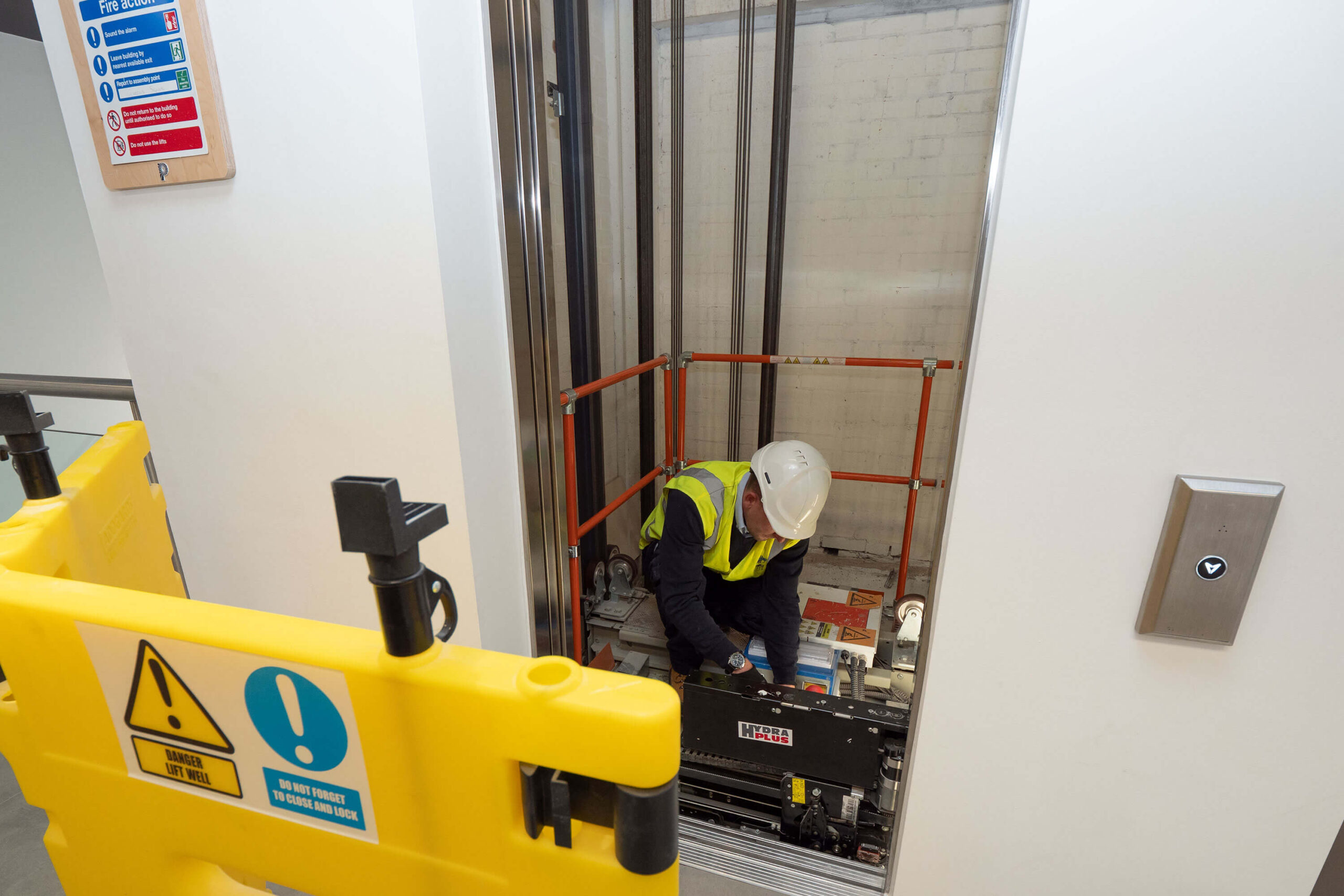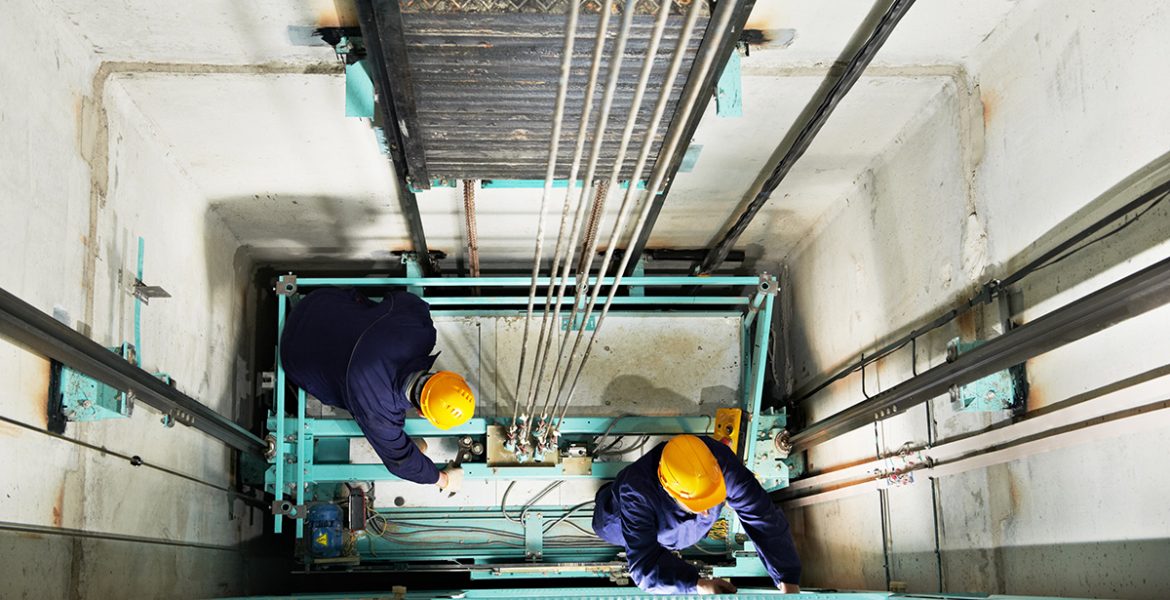Advanced Lift Engineer Course: Prepare for Professions with Leading Lift Repair Companies Near Me
Advanced Lift Engineer Course: Prepare for Professions with Leading Lift Repair Companies Near Me
Blog Article
Important Factors to Take Into Consideration for Elevator Upkeep
When it comes to the reliable and risk-free operation of elevators, taking into consideration vital upkeep aspects is paramount. It is imperative for developing managers and maintenance workers to stay in advance of these aspects to promote the elevator's performance requirements and compliance demands.
Routine Evaluation Schedules

Carrying out routine assessments not only boosts the total performance of the elevator yet also plays a crucial function in following safety and security guidelines and industry requirements. It makes sure that the elevator operates efficiently, minimizing the risk of unforeseen break downs that could aggravation owners or compromise safety and security. Furthermore, routine examinations add to prolonging the life-span of the lift tools, ultimately decreasing maintenance prices and downtime.
To streamline the inspection procedure, lots of structure owners partner with certified lift maintenance business that focus on performing extensive assessments and giving prompt maintenance solutions. By focusing on normal evaluation routines, stakeholders can maintain the safety and security, dependability, and performance of their lift systems.
Appropriate Lubrication Strategies
Reliable lubrication practices are necessary for maintaining the ideal performance and long life of lift parts. Appropriate lubrication methods play a critical role in preventing damage on relocating components, reducing friction, and making certain smooth procedure of the elevator system. When it comes to elevator upkeep, making use of the appropriate lubricants in the proper amounts at the advised periods is crucial to stopping expensive repair work and reducing downtime.
To ensure correct lubrication, lift technicians need to follow producer guidelines pertaining to the sort of lubricant to be utilized for specific elements such as bearings, gears, and guide rails - lift engineer course. Over-lubrication can attract dirt and particles, leading to part malfunctions, while under-lubrication can create boosted friction and early wear. Routinely scheduled lubrication upkeep ought to be included in the general elevator maintenance strategy to keep the system running successfully and safely
Monitoring Deterioration
Appropriate lubrication techniques are essential in promoting the very early discovery and surveillance of deterioration on elevator parts. Normal lubrication helps in reducing rubbing in between moving parts, preventing extreme wear and potential malfunctions. Monitoring wear and tear goes past just lubrication. Lift upkeep workers must perform routine inspections to recognize indicators of wear on crucial components such as ropes, sheaves, overview rails, and bearings. These evaluations may involve aesthetic checks, measuring wear limitations, and making use of analysis tools to assess the problem of vital components. In addition, maintaining in-depth upkeep documents can aid in tracking the wear patterns of lift components over time, allowing for predictive upkeep preparation. By closely keeping track of deterioration, upkeep groups can resolve issues proactively prior to they intensify into costly repair work or unforeseen downtime, making sure the reliable and safe procedure of the elevator system.

Safety And Security Compliance Checks
Conducting detailed safety and security conformity checks is necessary in guaranteeing additional reading the lift system fulfills all governing standards and operational needs. Security conformity checks involve a detailed evaluation of numerous components such as emergency situation brakes, door sensors, interlocks, and electric systems to assure they are working correctly. Regular assessments by licensed specialists help recognize possible safety and security dangers before they intensify into significant issues, ensuring the safety of travelers and conformity with industry laws. These checks likewise include validating that the lift's ability limitations, speed, and emergency interaction systems are in line with safety and security requirements. Additionally, adherence to security conformity checks can protect against crashes, minimize liability risks for building proprietors, and prolong the life-span of the lift system. By prioritizing safety and security compliance checks as part of routine maintenance, structure supervisors can support a reliable and risk-free vertical transportation system for occupants.
Emergency Situation Action Planning
Taking into account the important value of safety and security conformity sign in preserving lift systems, a robust emergency reaction planning method is extremely important to quickly and efficiently address unanticipated cases. lift maintenance services. Emergency response planning for lifts involves positive measures to ensure the security of travelers and maintenance employees in the event of emergency situations such as power blackouts, entrapments, or mechanical failures
Secret parts of an effective emergency situation feedback plan include developing clear communication protocols, supplying routine training to staff on emergency treatments, keeping updated emergency call listings, and carrying out regular drills to exercise action activities. Additionally, it is important to have marked personnel in charge of coordinating emergency situation reactions and guaranteeing that needed tools, such as emergency situation illumination and communication gadgets, remain in functioning order.
Final Thought
Finally, it is important to focus on normal inspection timetables, appropriate lubrication methods, keeping track of wear and read tear, security conformity checks, and emergency action preparation for lift upkeep. By carrying out these important aspects, building proprietors can make certain the safety and efficiency of their lifts, ultimately lowering the danger of accidents and breakdowns. Constant maintenance practices are vital for lengthening the lifespan of elevators and making certain the health of people who depend on them for transport.
On a regular basis arranged lubrication maintenance need to be included in the overall elevator upkeep plan to maintain the system running efficiently and securely.
Elevator upkeep personnel must perform routine examinations to identify indications of wear on essential elements such as ropes, sheaves, overview rails, and bearings. Furthermore, maintaining in-depth upkeep records can assist in tracking the wear patterns of elevator components over time, enabling for predictive upkeep preparation. By very closely checking wear and tear, maintenance teams can deal with issues proactively prior to they intensify right into browse around this site pricey repair work or unforeseen downtime, ensuring the safe and effective procedure of the lift system.

Report this page